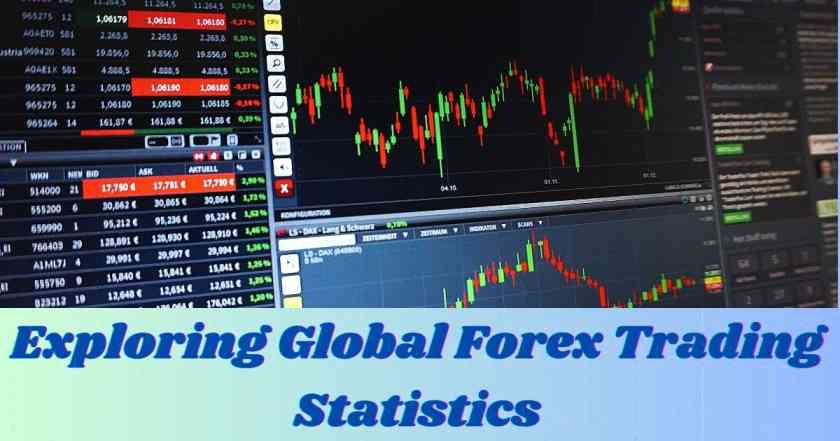As the UK plunges into recession amid high rates of inflation, many investors are looking for ways they can make their money work harder. For investors looking for a higher risk, higher reward strategy, many are turning to forex trading. In this article, we’ll delve into some statistics about the forex market worldwide, including its size, key trends and things to look out for.
How big is the Global Forex market?
The foreign exchange (Forex) market stands as the world’s largest and most liquid financial market. While this market didn’t exist a century ago, nowadays, the forex market is valued at quadrillions of dollars. With many believing the forex market has origins in trading rocks, feathers and shells many moons ago, the market today is made up of people converting one currency to another for financial advantage.
As well as individual traders, central banks, retailers and institutional investors participate in forex trading to ‘mint’ different currencies.
How do Forex Trading trends vary across different Regions and Countries?
Forex trading trends are different across different countries as they reflect diverse economic landscapes. It’s worth noting that forex regulations vary across regions, so no one market looks the same as another. In London, you’ll find that the GBP/USD currency pair is the most traded due to the role of the British pound and the role London has as a global financial centre. In New York, USD currency pairs are most traded.
Moving to Asia, the USD/JPY are normally traded as this is driven by Japan’s exporting culture. Nowadays, Singapore is emerging as a forex trading hub as it has a beneficial regulatory framework and many different currency pairs to trade.
What’s the difference between Retail and Institutional Forex Trading?
In the forex world, there’s a lot of talk about retail and institutional forex trading. While they’re similar, it’s important to understand the difference between them.
Retail trading involves individuals trading online via different brokers such as Tradu. This often involves less capital and has less access to leverage. On the other hand, institutional trading involves large entities like banks and hedge funds trading in large volumes. The aim of this is to manage exposure, regulate markets and generate profits.
Emerging Trends and Future outlook
Like every industry, the forex market is changing – as is the way we trade. One trend to keep an eye on includes the increased adoption of algorithmic trading and AI. As well as this, we expect to see more regulatory scrutiny and compliance requirements.
So, it’s time to watch this space.








